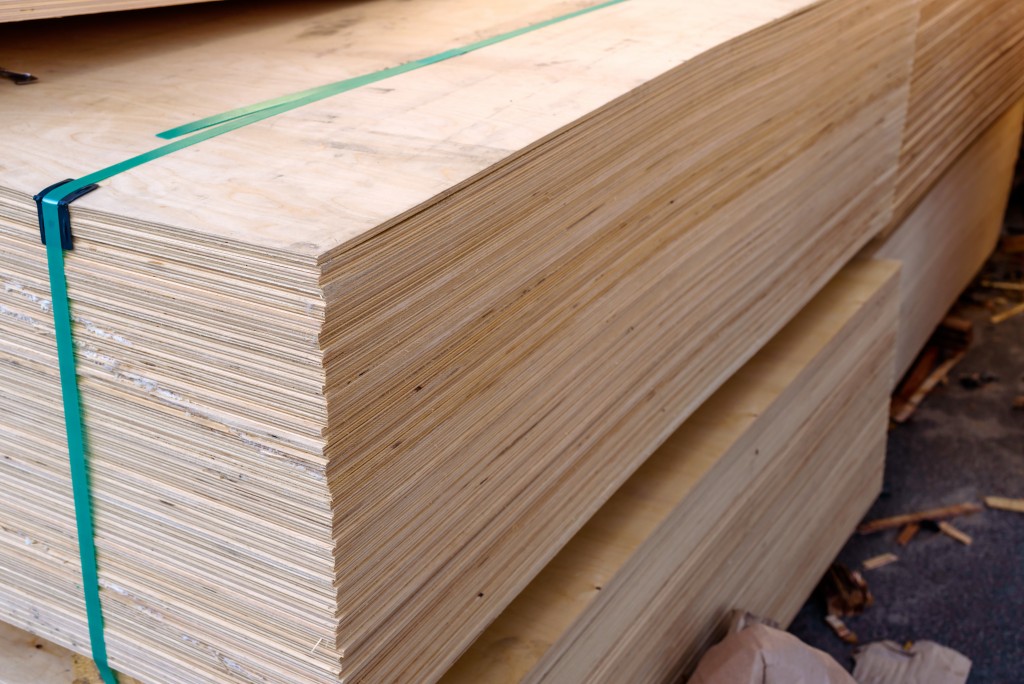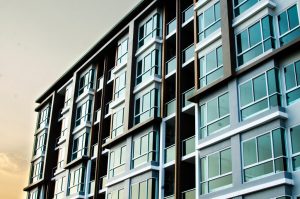Most of the wood you see isn’t made of real wood — they’re made of plywood. In Australia, plywood is often the first choice in construction and carpentry — and for very solid reasons.
Strong and Durable
Plywood is strong and durable. In many cases, it can be stronger than actual wood. Natural wood has a tendency to split along the grains — and one unlucky nail or screw can ruin days of hard work. Plywood has a cross-layered structure that prevents splitting, making it easier to use in both large construction plans and backyard furniture projects. Plywood’s structure also allows it to distribute stress more evenly along its surface — making it more durable than all but the strongest hardwood. It is also less susceptible to cracking, shrinking, and warping associated with real wood. Plywood can be vulnerable to moisture, but it can be treated with laminate coatings or even water-proof paint.
More Options Available
Plywood is available in many different sizes — some of which are close to impossible to get with real wood. The availability of plywood also allows woodworkers and construction team to make full use of it in their projects. Large sheets of plywood can cover more area — increasing consistency in appearance and minimizing the use of nails or screws. many suppliers who offer plywood say it is lighter than wood but less vulnerable to stress. This makes it ideal for ceilings and room partitions, as well as most kinds of furniture. Plywood is also more flexible and pliable than real wood — allowing builders and woodworkers to incorporate it into curved designs. For more aesthetic projects, plywood sheets with hardwood veneers are also available.

Cost-Effective
Real wood is expensive. Plywood has the same appearance, strength, durability, and utility of wood — but it costs significantly less. The lower costs give builders more leeway on their projects and allow woodworking hobbyists to make a few mistakes when starting out. Plywood’s availability also makes construction and repairs so much easier. Replacing a plywood panel with a matching one won’t require extensive searches for the same type of wood, and it would cost significantly less. The larger sizes of plywood also allow it to cover a particular area entirely, eliminating the need to fill gaps or use several pieces of wood.
The Greener Option
Plywood is environmentally friendly. A plywood sheet requires less wood than a regular wooden sheet. The size of a plywood sheet is also not determined by the size of a cut tree. Plywood suppliers source their veneers from smaller trees or tree farms, which is then combined to create larger sheets. Solid wood products will require cutting massive trees to achieve the same dimensions —and the sheets produced won’t be as strong, durable, and useful as plywood. The use of plywood allows more timber to be conserved and the pine farms where the wood is sourced sends tons of oxygen into the air.
There is hardly any reason to opt for real wood in today’s era. Plywood incorporates every characteristic of wood and improves upon it — making it a better choice for most projects.






